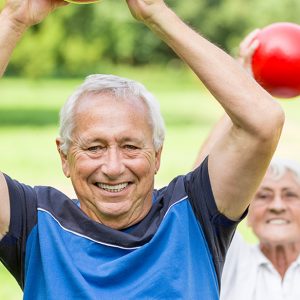Our bodies are an amazing collaboration of different parts that each have their unique functions. It is easy to think that a single exercise recipe (such as 3 x 10 repetitions) works for all parts, however to get the most out of exercise you need to make subtle variations in your programming to account for these differences.
Let’s break down the various regions and explore their function to understand how they need to be trained. Starting at the bottom of the chain are our legs. The legs have a huge responsibility to move our body weight around over varying conditions such as hills and uneven surfaces, as well as flat ground. Moving the body around requires many steps – think about the health goal of 10,000 steps a day!
Bearing this in mind, the legs need to be trained accordingly. Firstly they tolerate heavier loads than the rest of the body, and require them to improve strength. This also means they need a little bit longer rest between exercises. Secondly, exercises targeting the legs should also take into account balance to handle the challenge of uneven terrain. Finally, the number of repetitions for each exercise should be on the higher side to account for the many steps that make up our day.
Next up is the trunk or core area. This area largely provides a stable base for the arms and legs to move. It does this by tensing against outside forces and maintains at least a low level of activity most of the time. As a result the most effective way to train the core muscles is to make them hold a steady position under tension or while the arms and legs move. The intensity and load of the exercise should be on the lower side, but tension should be maintained for a period of time with intermittent short rest breaks. It is important here as well to reinforce the importance of breathing. If an exercise is too intense for the core muscles, the body will try and get more stability by holding breath. You should be able to maintain a normal breathing pattern while you do any exercises aimed at this area.
Finally let’s look at the arms. The function of the arms is really to make use of the hands. It is only in rare situations that the arms need to support our full body weight. Because of this, they fatigue a lot quicker. Exercising the arms effectively involves lighter loads than the legs, and lower numbers of repetitions compared to the legs. This also means that there is less rest needed between sets. In addition, training the arms requires working on grip strength as the arms can only lift what the hands can hold.
Getting the right balance of exercises at the correct dose is an important factor in the success of an exercise program. While it is true that when it comes to movement something is always better than nothing, the application of science to exercise programming can significantly improve the outcome.

